The Mid-Autumn Festival, or Moon Festival, is one of China’s most cherished traditional festivals, symbolizing reunion, harmony, and gratitude. Falling on the 15th day of the eighth lunar month, it’s a special time for families and friends to gather under what’s traditionally believed to be the year’s fullest and brightest moon.
The moon remains the festival’s central symbol, linked for thousands of years to myths like Chang’e flying to the moon and a deep longing for family reunion. While these legends persist as cultural memory, Sun Yat-sen University (SYSU) teams are using scientific exploration to write new chapters in China’s long-standing connection with the moon.
Deep Space: Astronomical Observation Drives Discovery
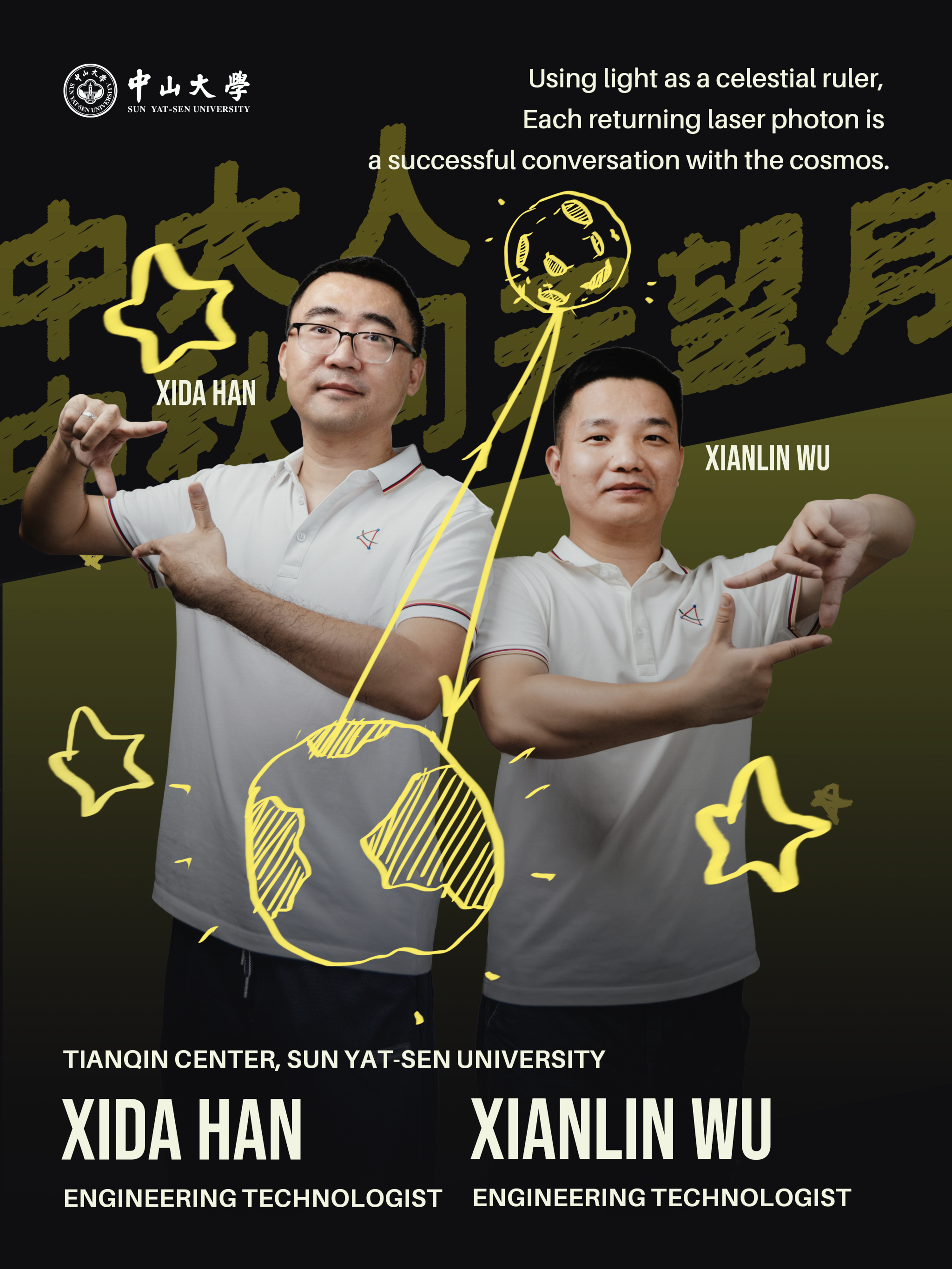
Xida Han and Xianlin Wu are both engineering technicians at the Tianqin Center of the School of Physics and Astronomy, who have long worked on the research of laser ranging technology. The team successfully detected laser echoes from the Next Generation Lunar Retroreflector-1 (NGLR-1) on August 13, confirming China as the fourth country (after France, Germany, and the United States) to achieve this breakthrough.
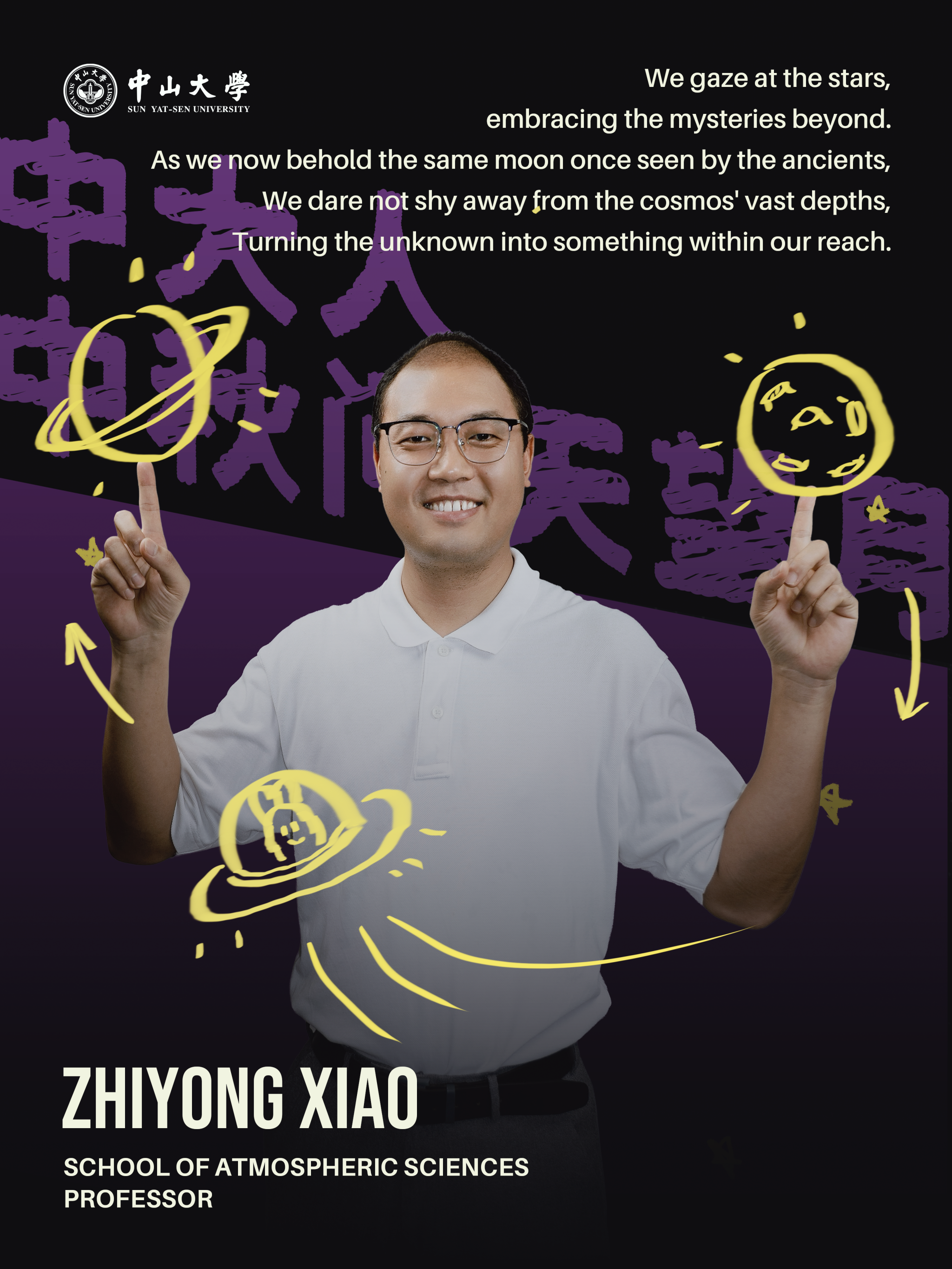
Zhiyong Xiao, a professor at the School of Atmospheric Sciences, focuses on physical and chemical effects of impact events. Professor Xiao made the pioneering discovery of centimeter-sized translucent lunar glass spherules and was among the first to receive samples from the Chang’e-5 mission.
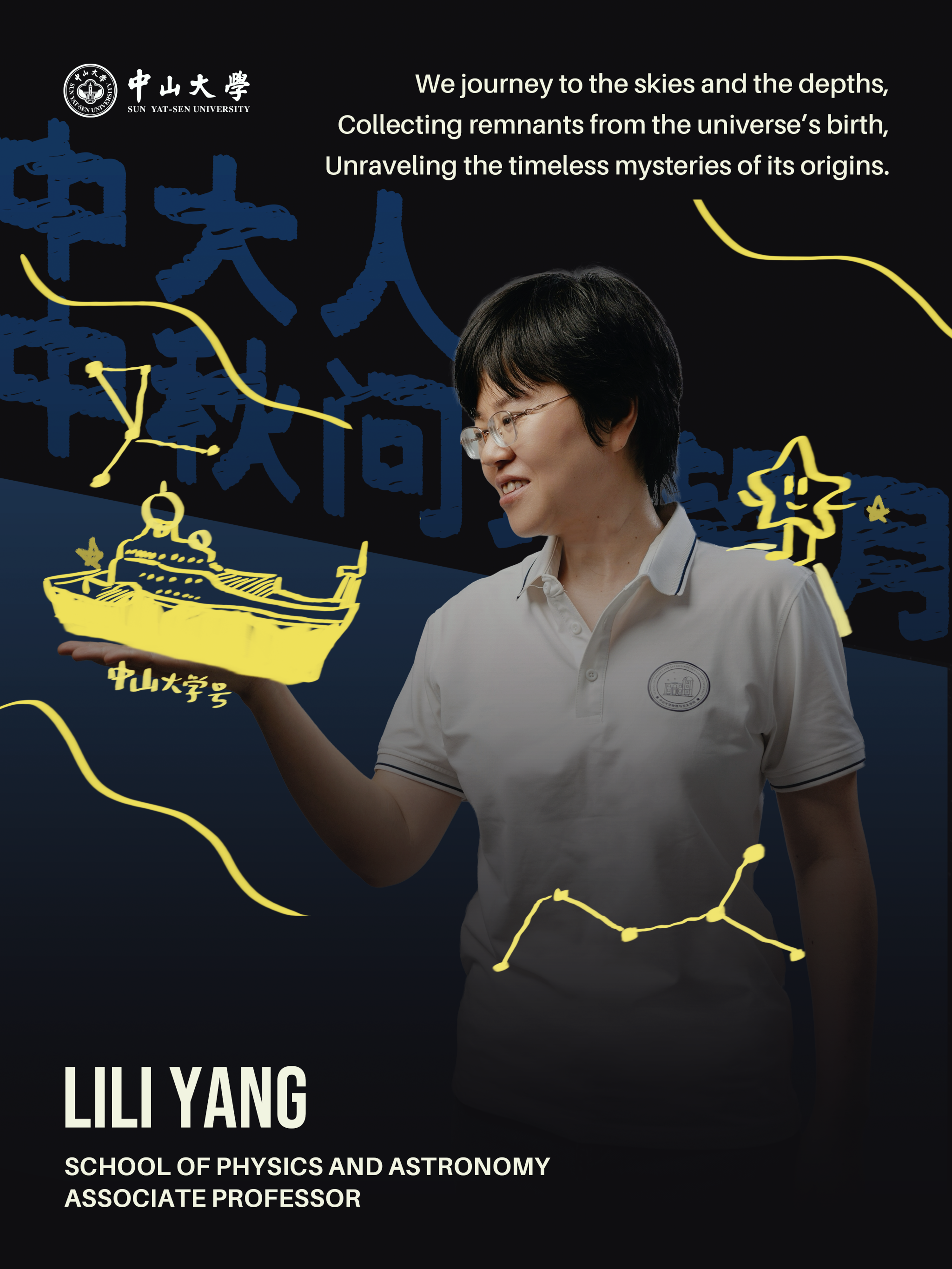
Lili Yang is an associate professor at the School of Physics and Astronomy, specializing in high-energy astroparticle detection, multi-messenger astronomy, and dark matter. Yang’s study not only drives cutting-edge advancements in astrophysics but also has the potential to uncover key answers about the origin and fundamental nature of the universe.
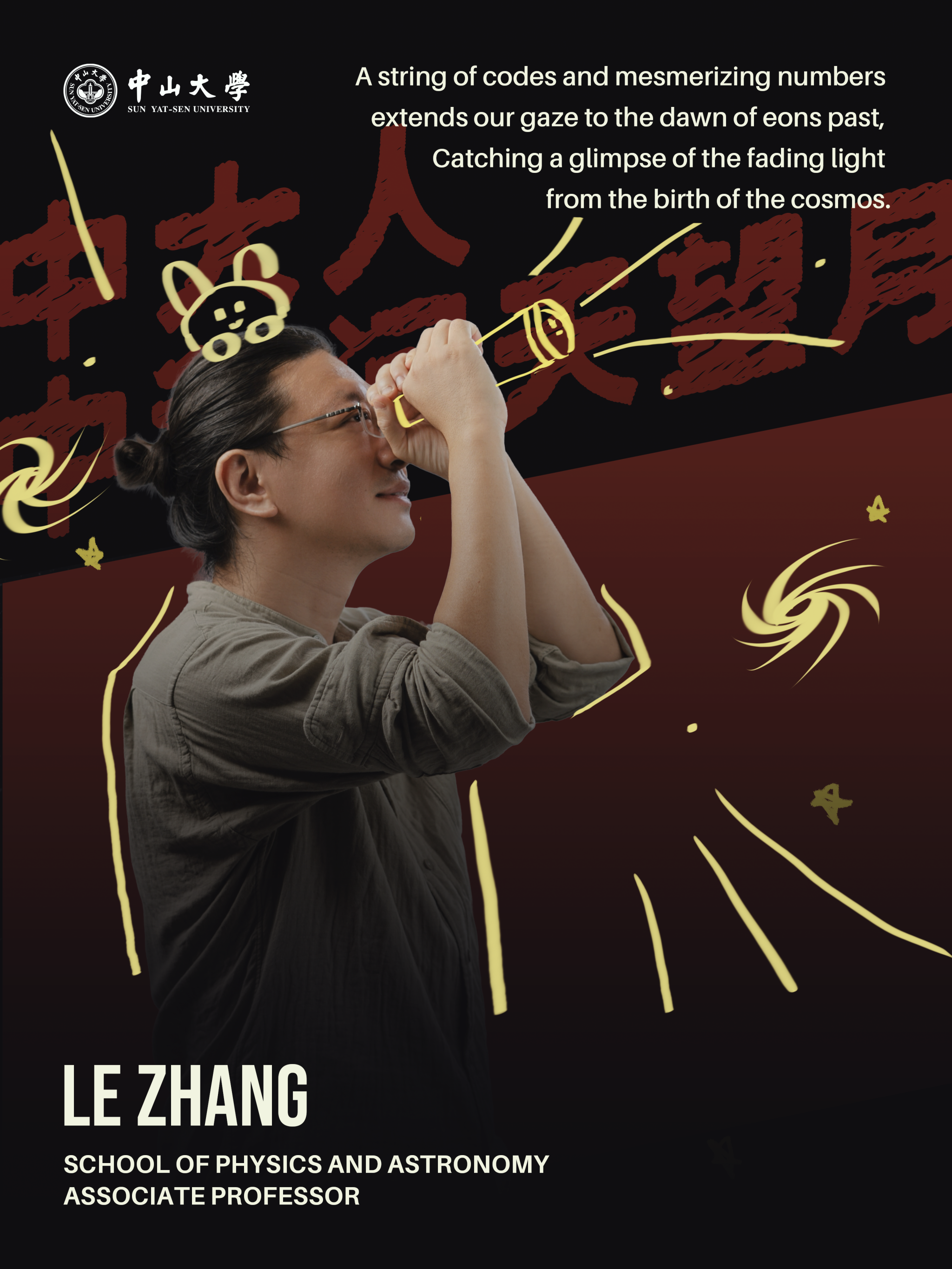
Le Zhang is an associate professor at the School of Physics and Astronomy, with research interests in cosmic microwave background radiation, 21 cm radio surveys, radio foreground removal, and big data techniques.
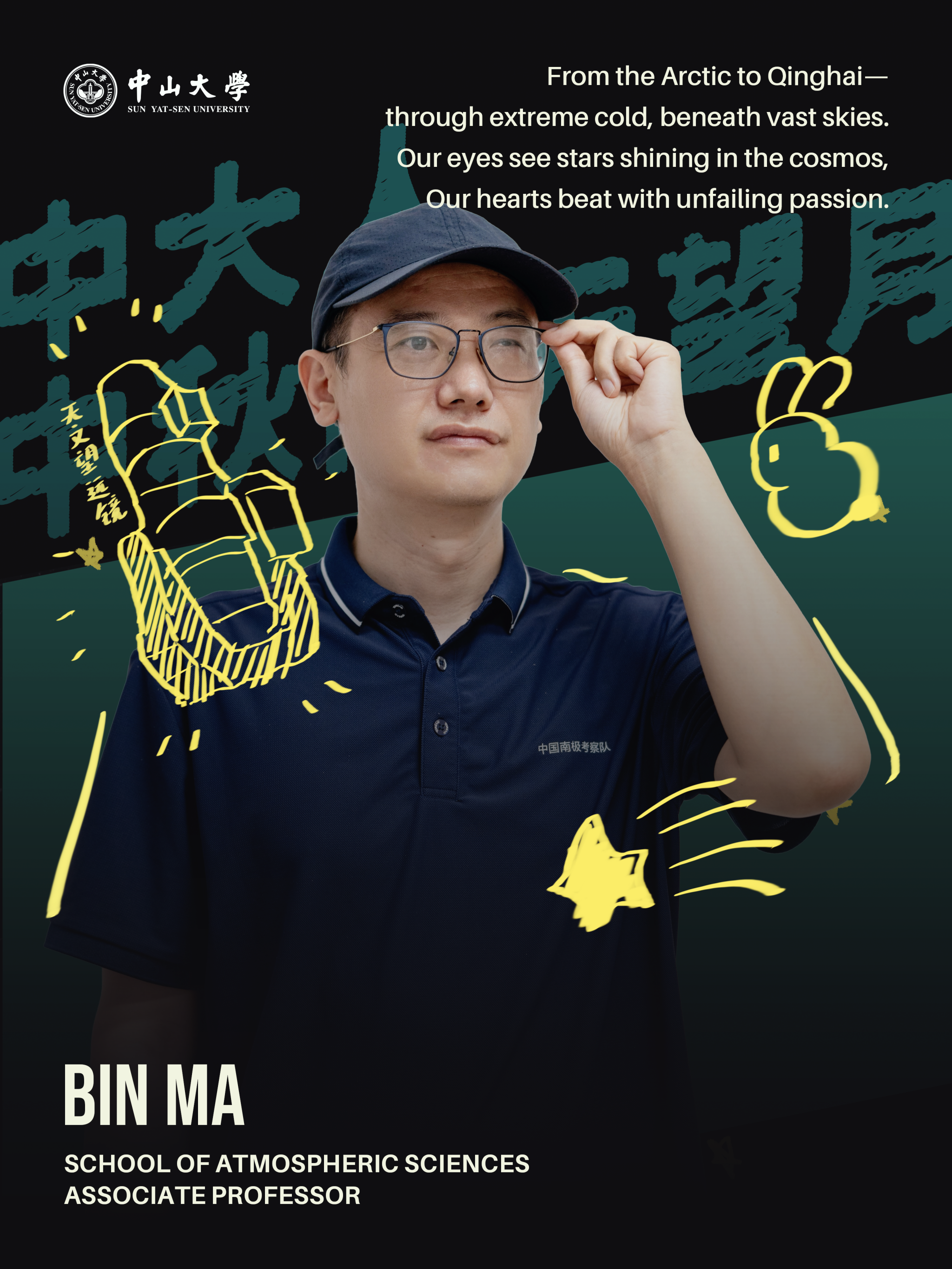
Bin Ma, an associate professor at the School of Physics and Astronomy, led a project achieving a technological breakthrough for China in operating telescopes under extreme conditions. His work also made significant scientific contributions, including participating in global observations of the first binary neutron star merger and discovering China’s first batch of exoplanet candidates.
Engineering: SYSU Aids China's Moon Landing Mission
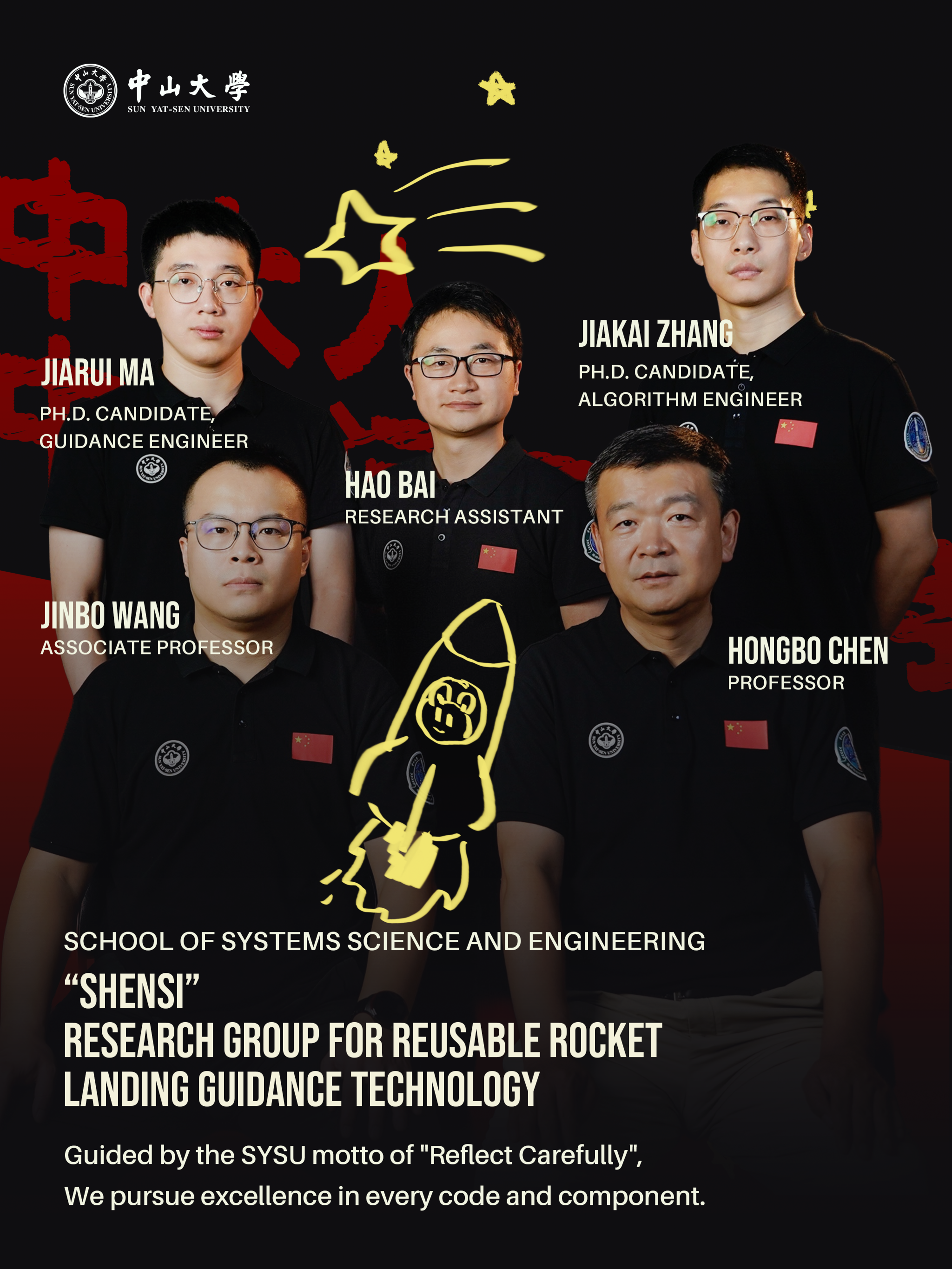
SYSU is advancing China's commercial space sector by developing the "Shensi-2 D," a rocket-borne guidance computer. Designed to create optimal landing guidance algorithms, the project is led by Professor Hongbo Chen and his team from the School of Systems Science and Engineering. They are scheduled to conduct a closed-loop flight test of the guidance system during a reusable launch vehicle's atmospheric re-entry in November 2025.
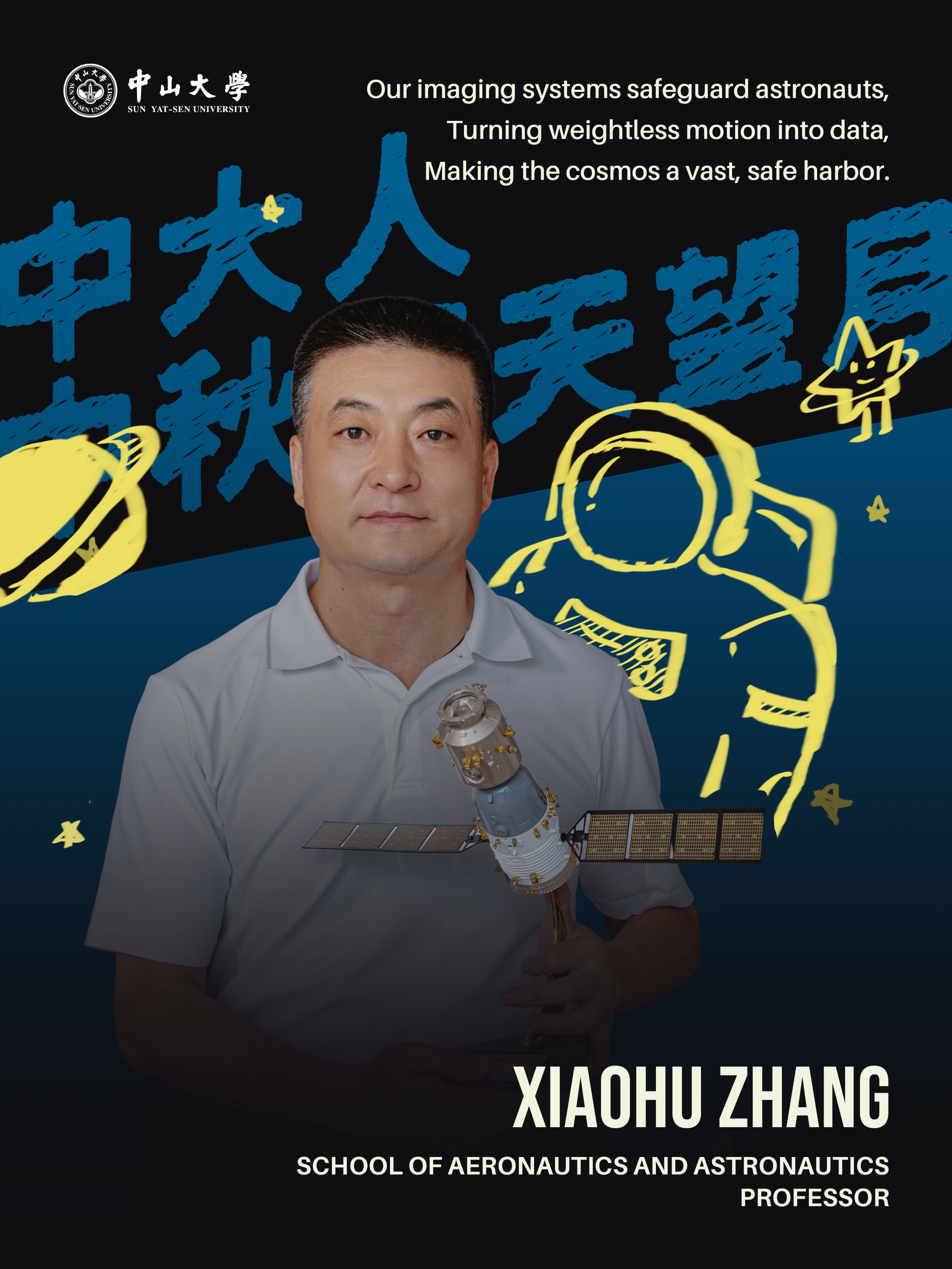
Xiaohu Zhang is a professor at the School of Aeronautics and Astronautics. He has long been dedicated to research in image sensing and visual navigation technologies for aerospace vehicles which can provide precise visual measurement solutions for critical missions including astronaut training and aircraft testing evaluation.
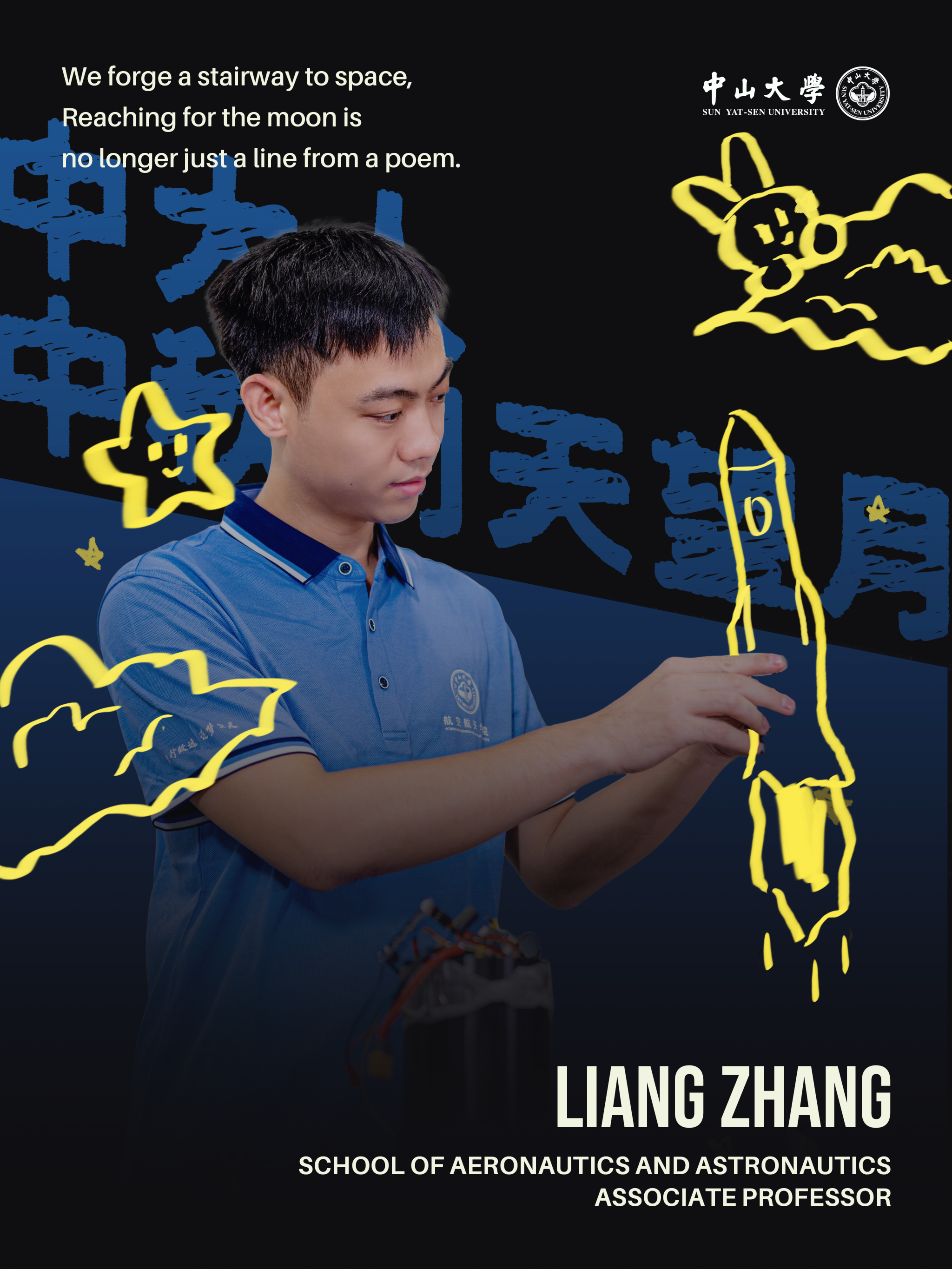
Liang Zhang is an associate professor at the School of Aeronautics and Astronautics. Through theoretical innovation and control system design for reusable launch vehicles, hypersonic vehicles, and electric vertical take-off and landing (eVTOL) aircraft, he has proposed intelligent control methods that effectively enhance rocket attitude stability and anti-interference capabilities.
Remote Sensing: Mapping the Moon for Future Bases
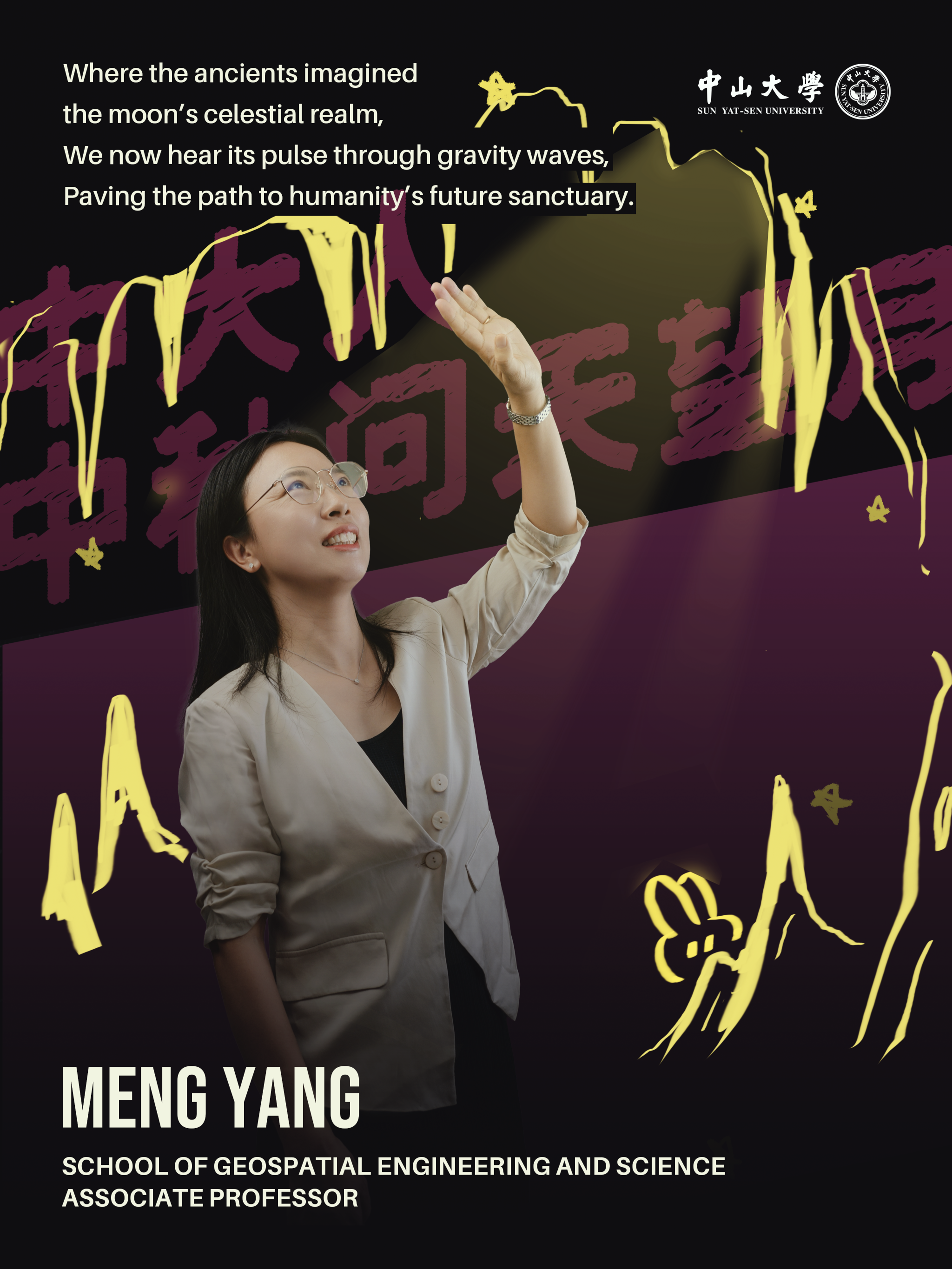
Meng Yang is an associate professor at the School of Geospatial Engineering and Science. Her research primarily focuses on cave remote sensing, echosounding, and lunar base construction. Conducting in-depth research on lunar lava tubes will contribute to providing crucial support for future lunar mission planning and site selection for lunar bases.
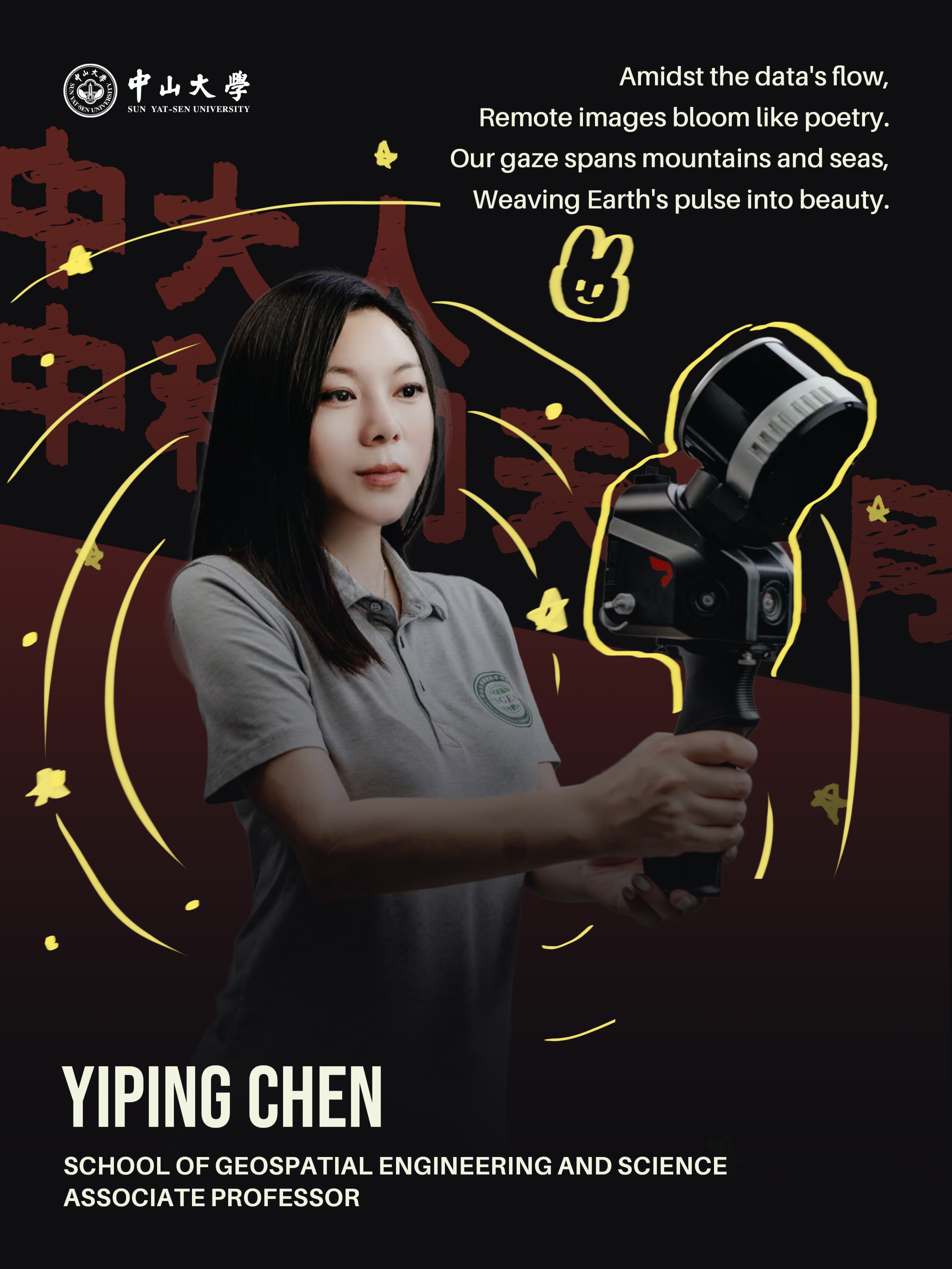
Yiping Chen is an associate professor at the School of Geospatial Engineering and Science. Her main research interests include LiDAR remote sensing, intelligent processing of 3D point clouds, and remote sensing image processing. These techniques can provide deeper insights into lunar topography and aiding exploration missions.
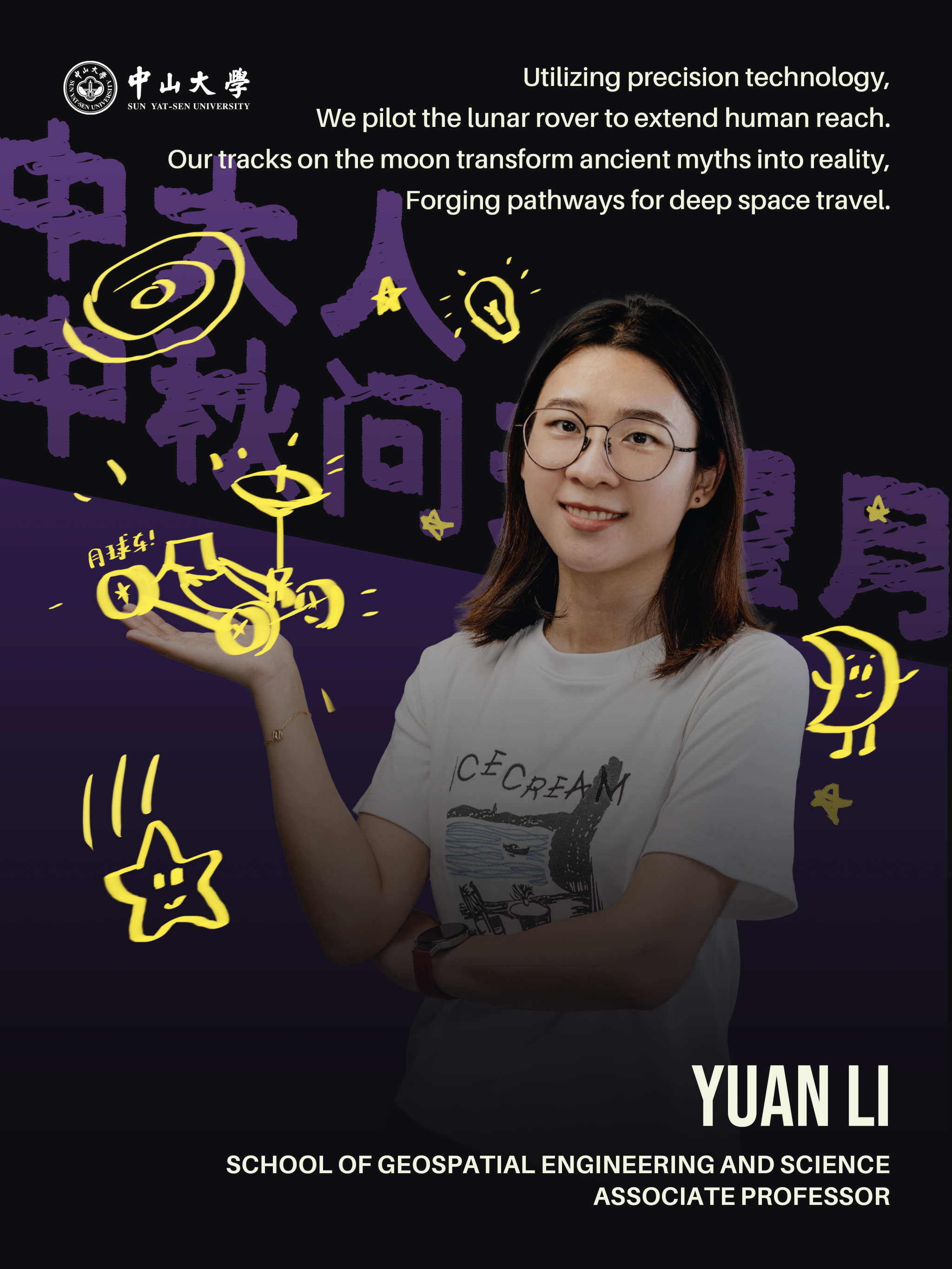
Yuan Li is an associate professor at the School of Remote Sensing and Geomatics Engineerin, who focuses on 3D geographic information and planetary remote sensing. Her research findings provide key technological support for major national needs including high-precision navigation for lunar rovers, and site selection for lunar research stations.
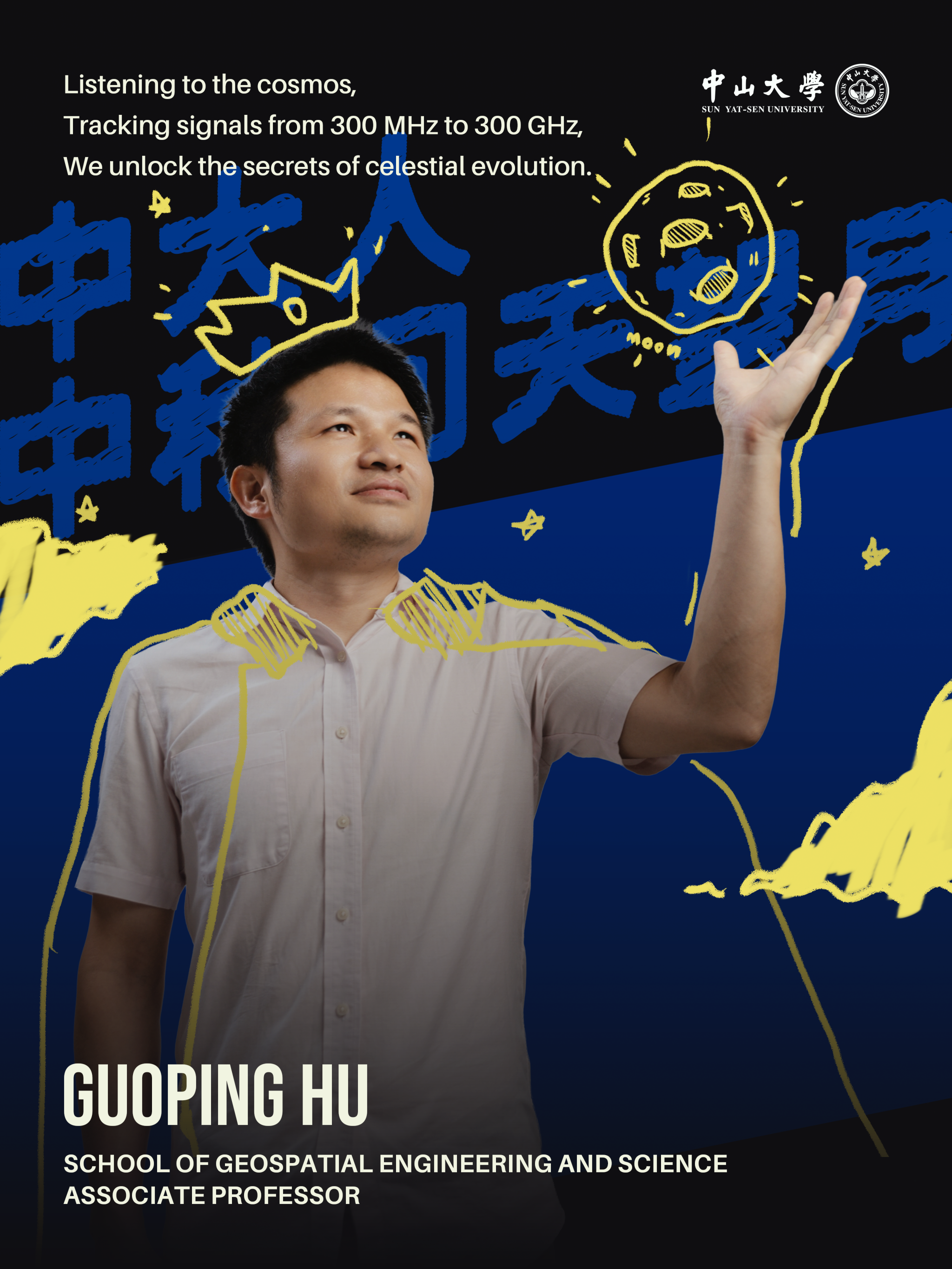
Guoping Hu , an associate professor at the School of Remote Sensing and Geomatics Engineering, primarily engages in lunar microwave remote sensing research. Professor Hu and his team search for ways to decode the "thermal evolution" of celestial bodies by studying electromagnetic signals spanning from 300MHz to 300GHz.
These scientists’ efforts reflect how SYSU is contributing to humanity’s deeper understanding of the moon. Building on their current research, the teams at SYSU will continue their journey, deepening lunar studies while also looking beyond the moon to the wider universe.
Writers: Yang Wan, Fang Biling, Zhao Ruochen, Feng Xianzhe
Designer: Han Xiangping
Photographers: Gao Si, Zhang Chuyi, Chen Caiming, Li Zixing, Zhang Yan



